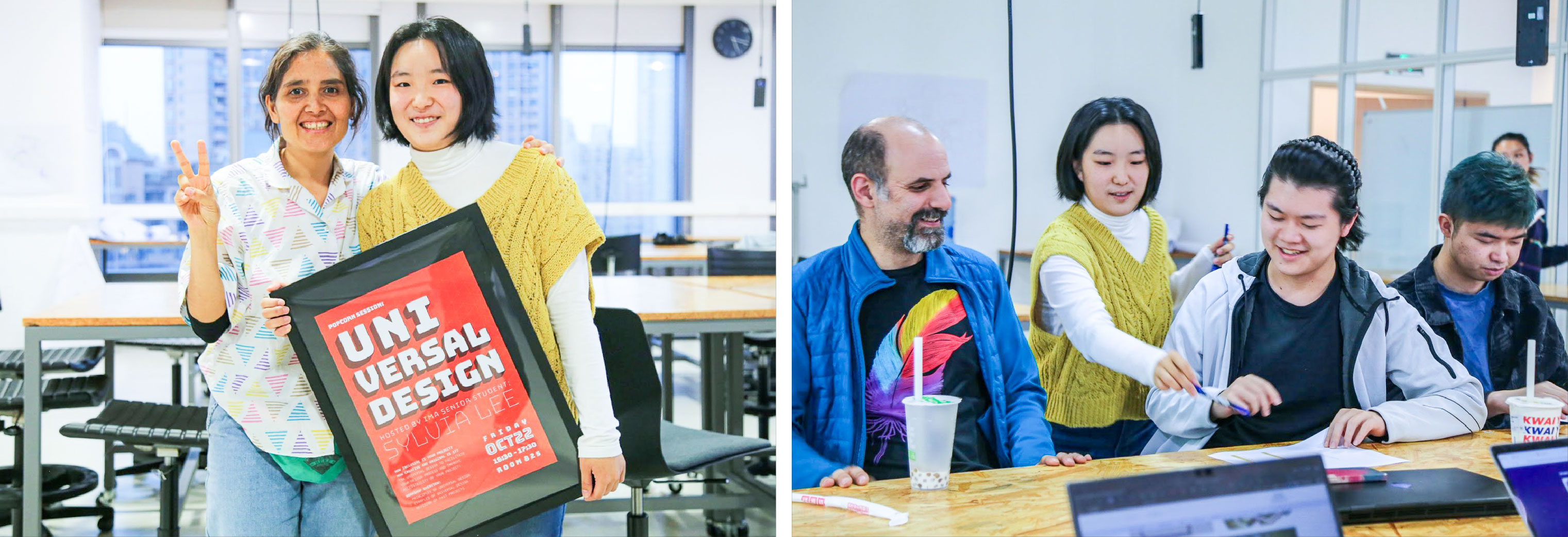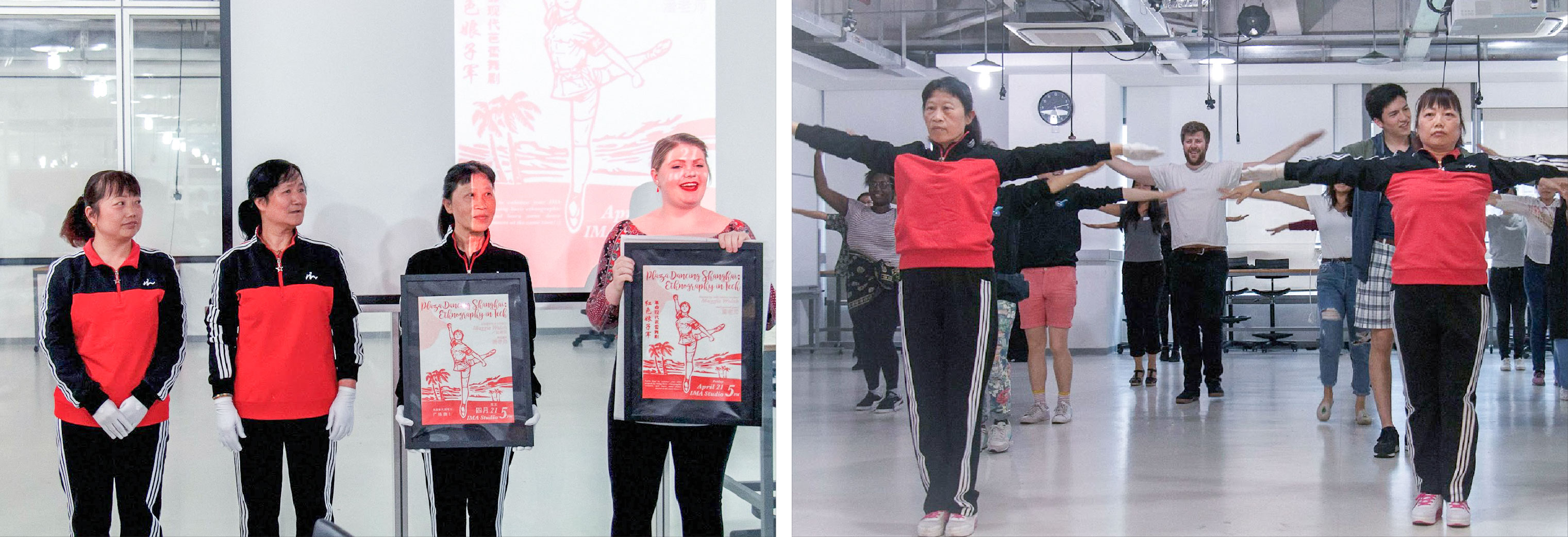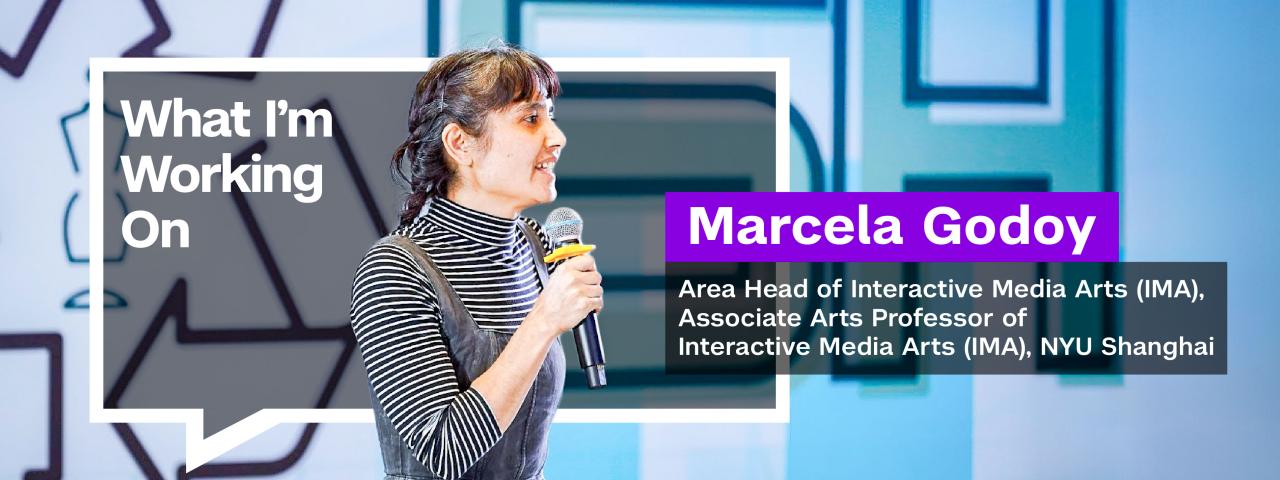
Sitting at her grandmother’s sewing machine as a college student, Marcela Godoy was drawn to the endless possibilities of designing her own clothing. The act of making ignited her exploration of the intersection of design, sustainability, and technology.
As area head of Interactive Media Arts, Godoy inspires students to approach sustainability critically and creatively while cultivating a community of knowledge sharers and accessible resources. The NYU Shanghai Re-Makerspace, a collaboration between Godoy and Undergraduate Coordinator of Humanities and Associate Arts Professor of Visual Arts Monika Lin, is a welcoming hub where the art of re-making can be explored through courses, workshops, tutorials, and exhibitions.
What led you to NYU Shanghai?
In college, I switched my major from engineering to architecture and really liked exploring digital tools used for design. I was not sure about working as a traditional architect, because I saw a lot of potential in researching and exploring how to create new things. After I finished [school], I worked on creating websites, designing bags, and I was interested in making things interactive. I worked as an instructor at the University of Talca School of Architecture—they hired me because I was a different kind of architect, able to teach new technologies.
I did my master’s program at [NYU’s] Interactive Telecommunications Program (ITP), and learned about electronics. I found that there was a lot of electronic trash, and I started this project with necklaces that are made using recycled E-waste cables.
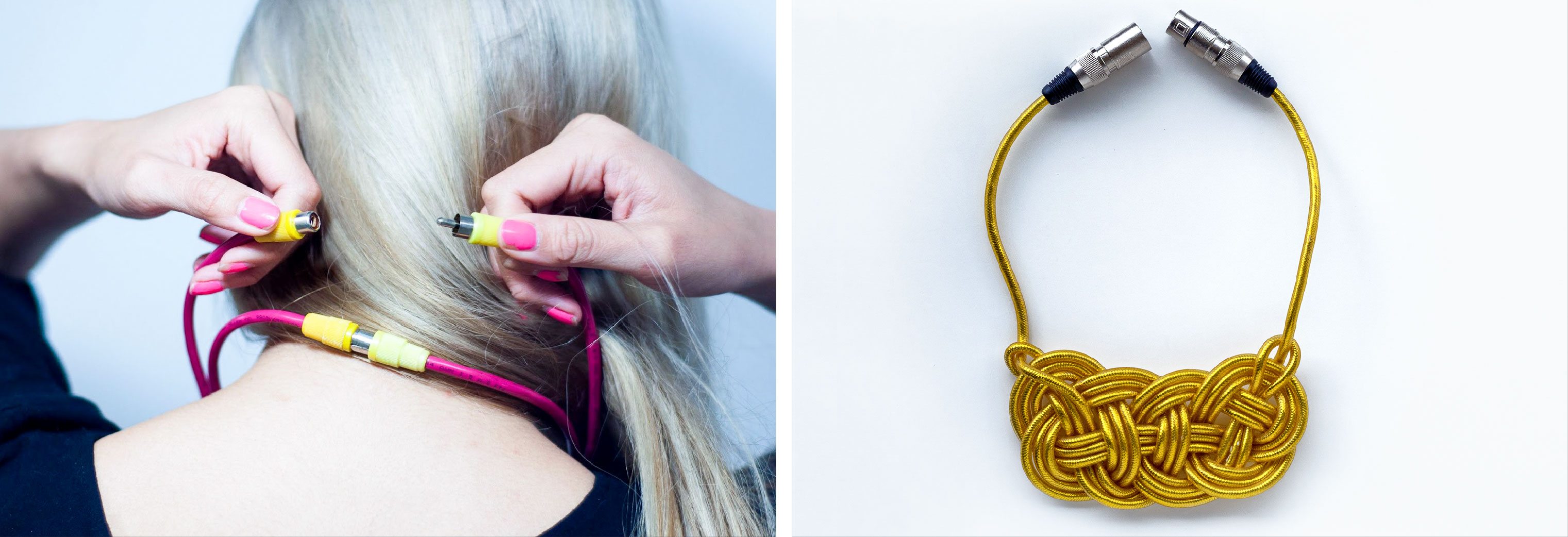
One of my ITP professors, Marianne Petit, was one of the founders of NYU Shanghai’s Interactive Media Arts program, and there were other people working here that were my ITP classmates. When they interviewed me, they asked, ‘Why do you want to come to China?’ And I said, ‘It’s because they make everything there!’ I consider myself a maker, so it’s the best place for a maker to be.
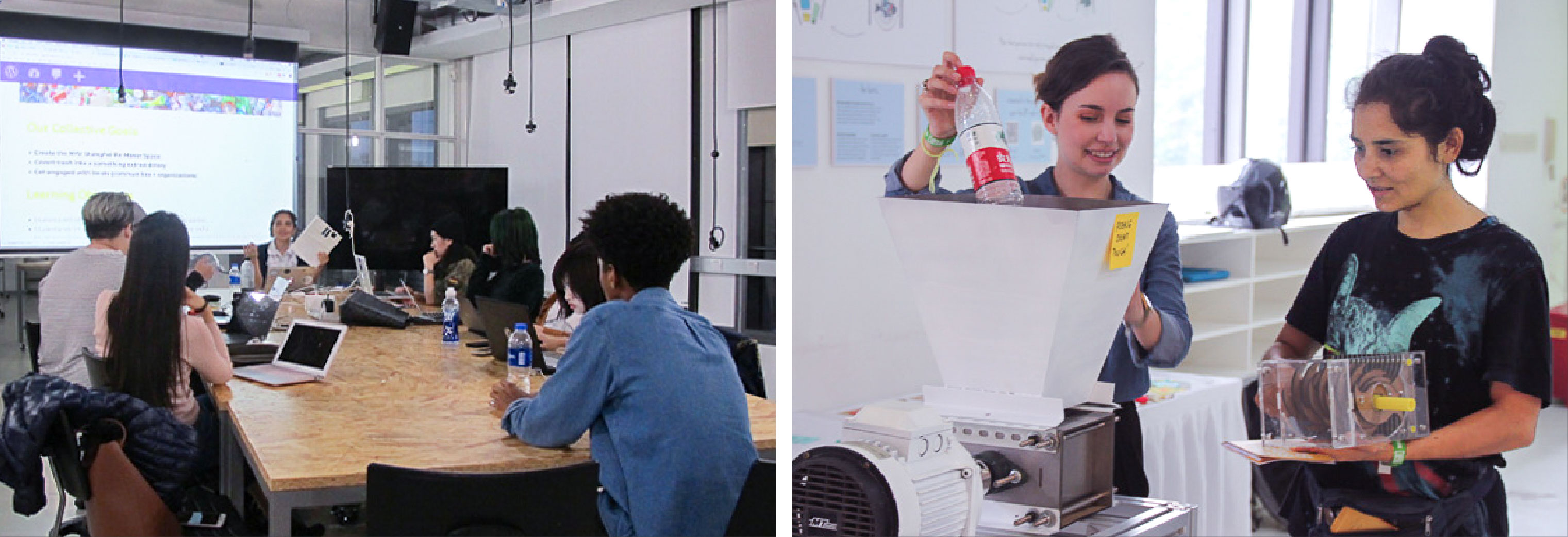
How do you integrate your research interests into the classes you teach?
Every time I create a product, I want to share it through workshops or tutorials, so people can make them by themselves. We were awarded a Teaching Advancement Grant because we offered to create The Natural Materials Studio, a lab where research, artistic practice, and conversation are supplemented by a library of digital tutorials; natural, found, and recycled materials; and made objects. We’re working on an open source website to share our experiments because we are interested in creating a community where you can ask people for advice as you’re making materials.
I’m teaching a new class about biomaterials and natural materials called Art and The Anthropocene: Material-based Activism with Monika Lin from Visual Arts in the ReMakerspace. Natural materials can be made at home in a kitchen setting; you can use salt, you can use vinegar, you can make some sort of bioplastic. In class, we also discuss material-driven design, allowing the materials we make to behave with their properties more than forcing the material—like mushrooms or crystals—to take a shape that you want.
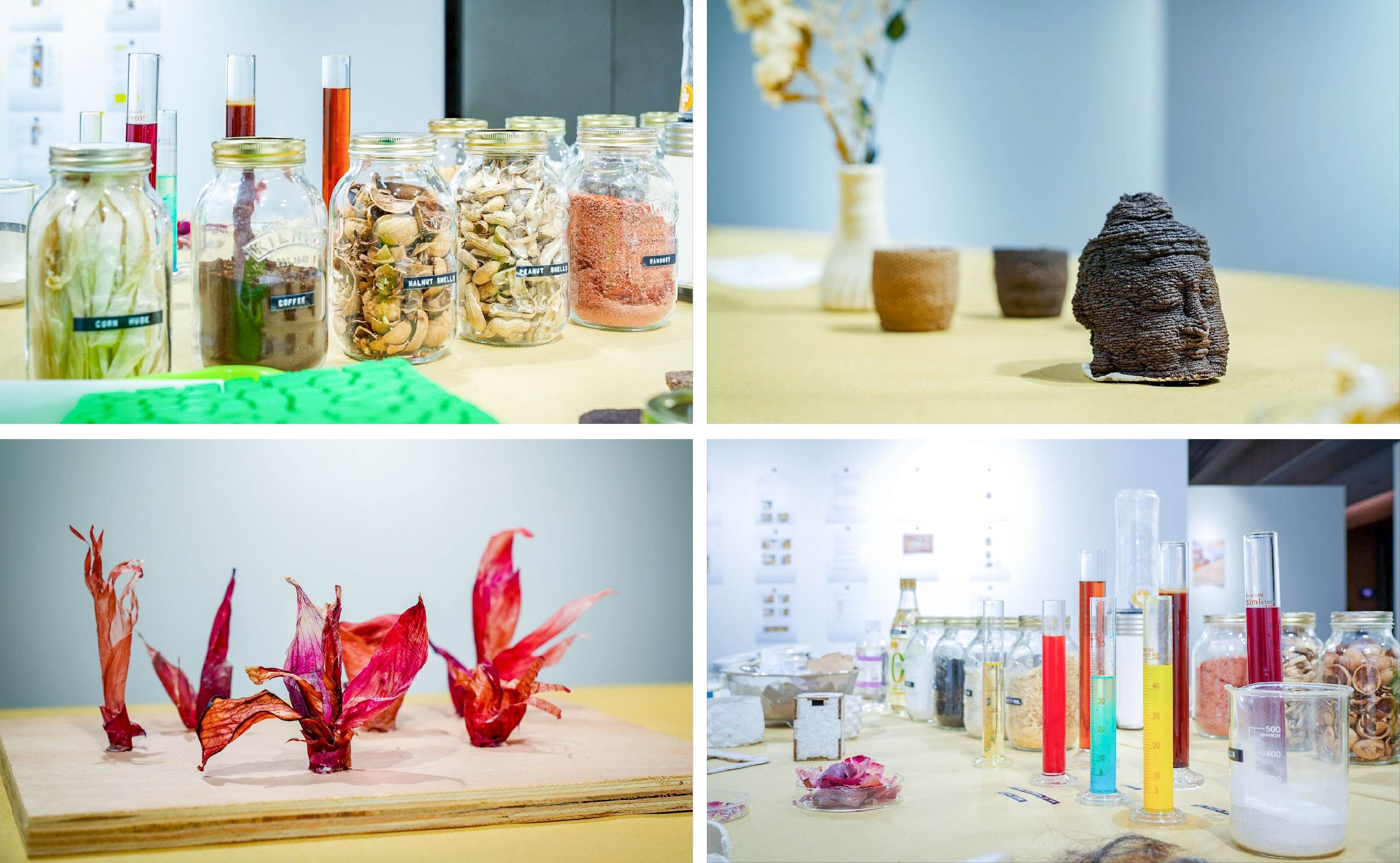
Why is plastic so cheap now? Because there was a lot of research and investment done on machines that make plastic cheap. Now we need research and investment in machines that make these natural and sustainable materials, and we need people to understand this problem and make these changes. Change must come from various sources: the government or companies where our students will work in the future and the communities with which we collaborate.That’s why it’s important to do research about these materials. We know we’re not going to solve the problem with our class, but at least our students will start thinking about this problem, and we need more people to think about this to make changes.
How do you encourage your students to find new ways to use technology?
In my Interactive Fashion class, it’s about thinking of clothing as a second skin. Using electronics and physical computing, we can create some sort of scheme that can react to the environment and can interact with people. It's more about electronics, robotics, and the future of fashion. I encourage students to be super critical about things, from beauty standards and gender stereotypes of the things that we wear to fast fashion and sustainability of fashion.
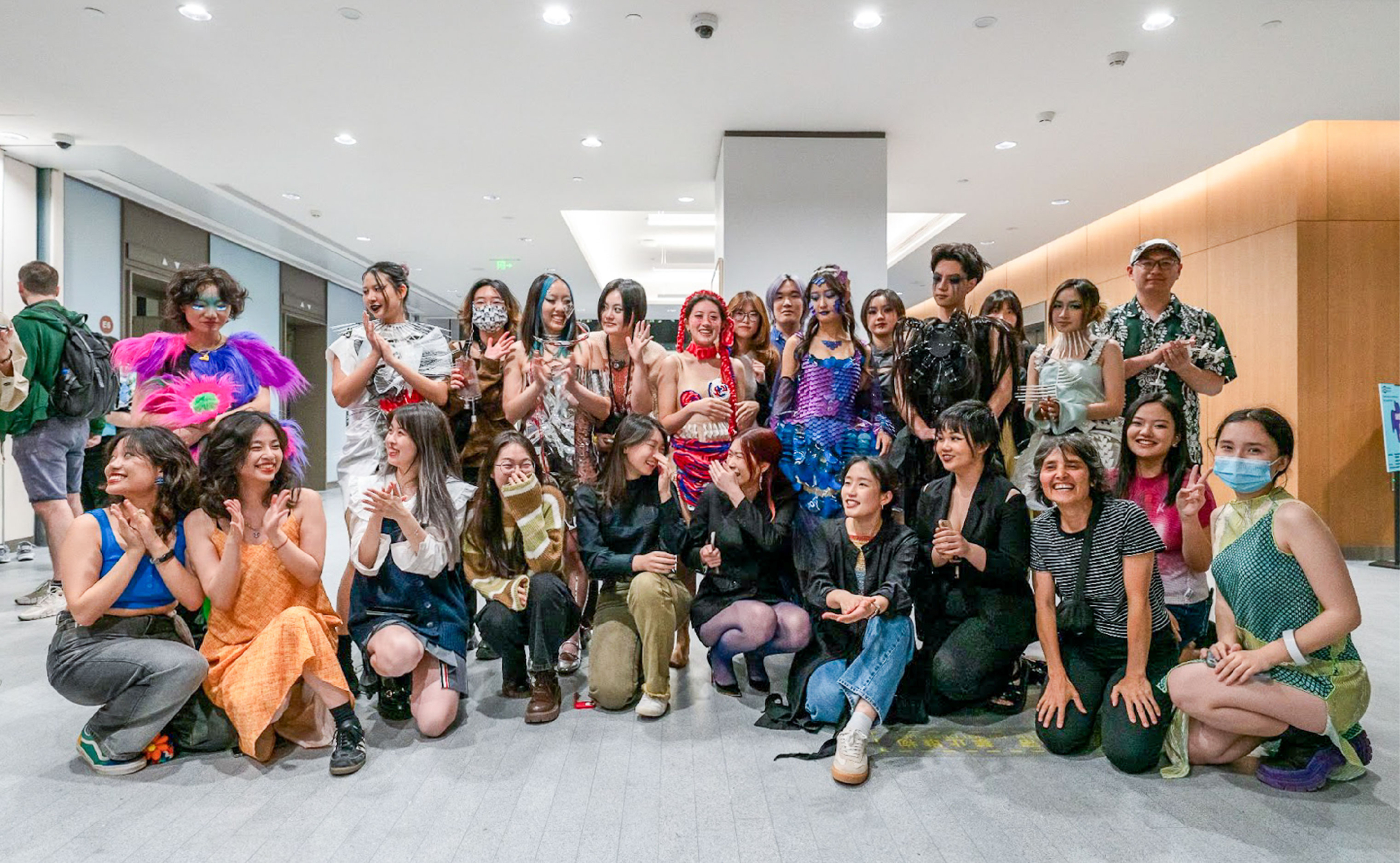
I also teach a class about data physicalization called Data: Code It, Make It. I encourage students to find data that is related to our society as some sort of issue that they see or something that they want to discuss. They learn how to visualize the data through 3D modeling, 3D printing, and digital fabrication and then they embed this data in an object or installation that will make people think about an issue, for example, domestic violence against women worldwide.
You have taught such a diverse range of courses. What is your teaching philosophy?
My main task is trying to share all of this knowledge. For example, we had a small workshop discussion with the Trash Fashion Show students. I trained the students from Green Shanghai club how to use the sewing machine and how to do plastic fusing, and then they led workshops for other students. I feel it's more meaningful that way, because they are the organizers.
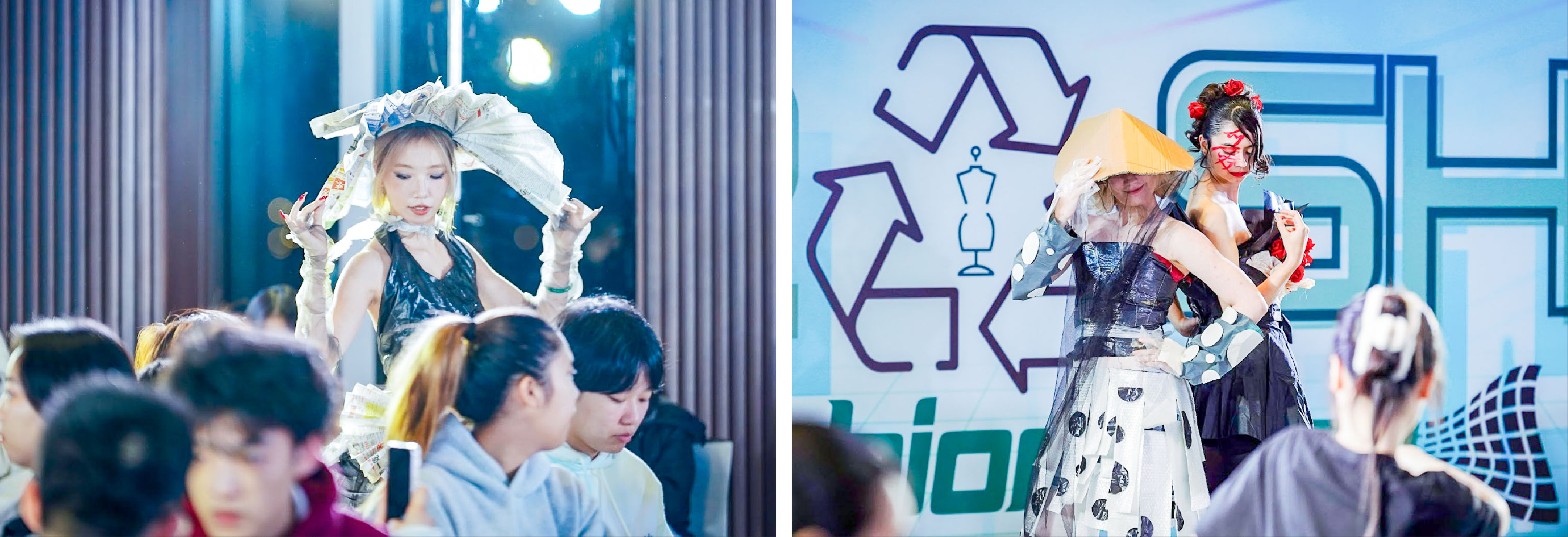
I think what is important about being more sustainable is not only doing it by yourself but sharing ideas and trying to show people that there are other ways to think about materials, products we consume, consumerism, and all these issues. I create tutorials or exhibitions so that people can go from seeing something that was considered trash to realizing, “This is not trash anymore.” I give workshops and talks to make people aware that they can do something. I don't think individually we can make so much of a difference, but as a collective force, we can.
How do you involve the community in your sustainability-related research or efforts?
We once organized a workshop with Senior Language Lecturer Jing Chai from the Chinese language department. She proposed a workshop about recycling plastic—something that I could teach to the local community and to our students so that they could learn about sustainability but also practice their Chinese at the same time. The Community Engaged Learning Office invited a group of retired ladies and we used pantyhose to create different things. They learned super fast. I couldn't speak any Chinese and they couldn't speak any English, but we communicated super well with each other just by making something. I feel like in China, even though I don't speak Chinese, I can communicate through making.
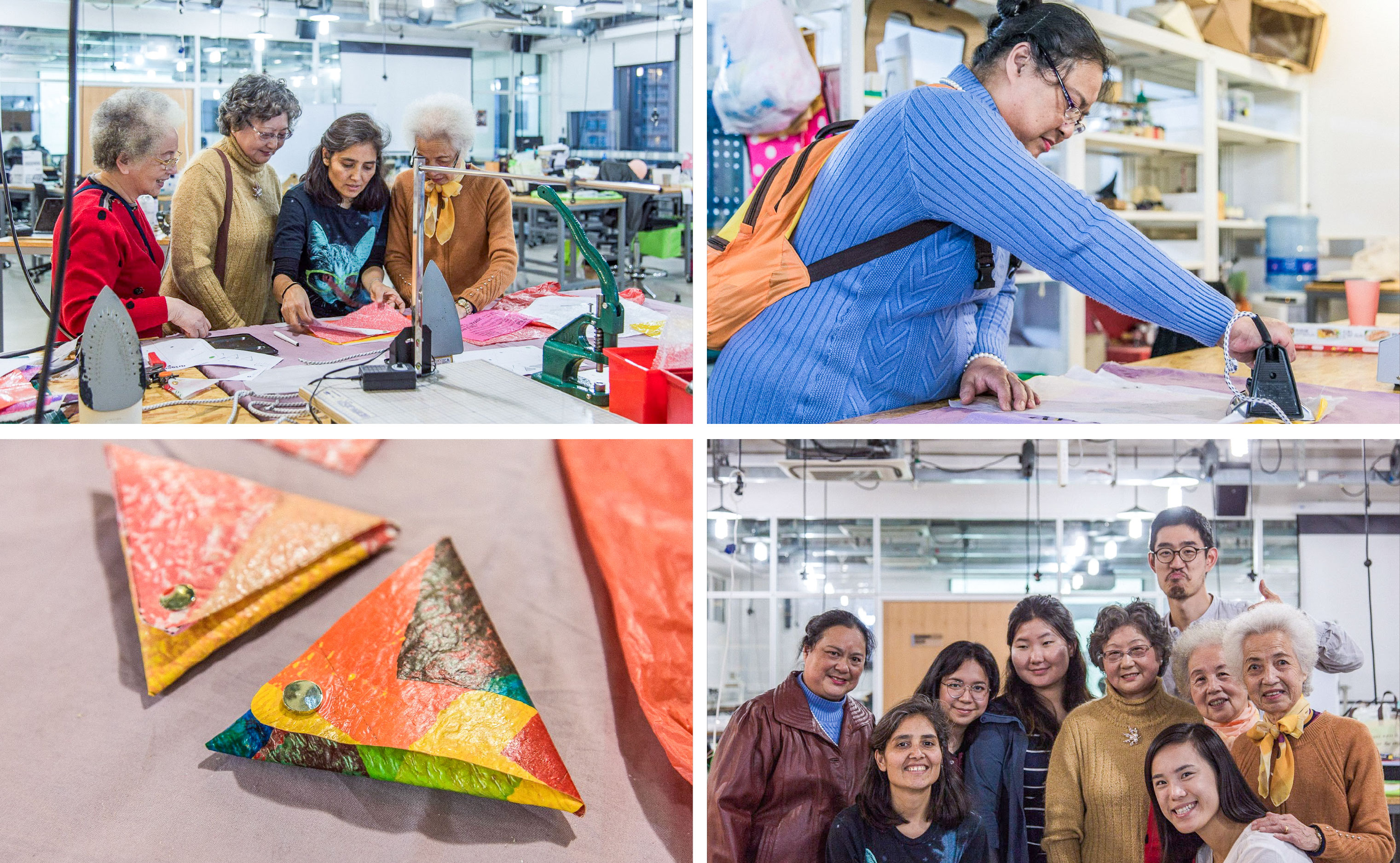
I tell the students that most of the things that they are going to learn in school are maybe going to be outside the classroom, and not all lessons will come from their faculty. When we got the Green Grant, we had more money to organize events, panel discussions, and we invited people from different companies working in sustainable fields to teach workshops. In one of my classes, I invited a local trash collector, and my students learned a lot from that.
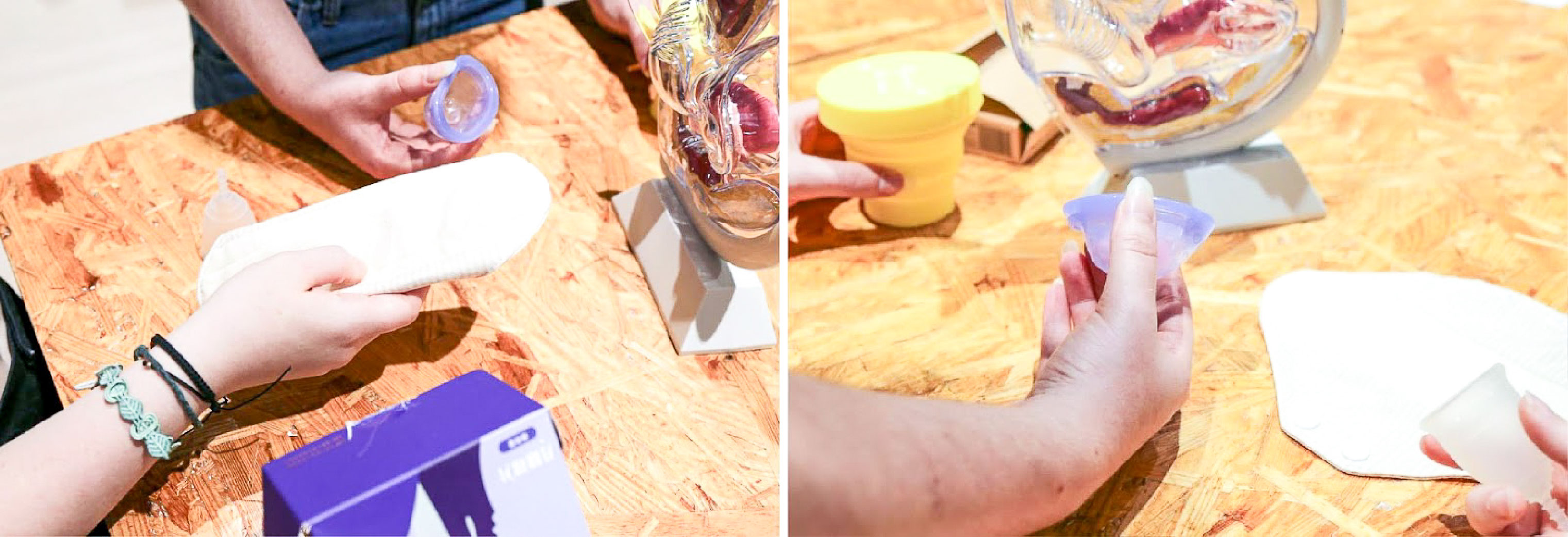
I feel like students can also teach us. In IMA, I started something called Popcorn Sessions, which are workshops that the students lead and teach us something that they know, from arduino and animation to 3D modeling and typography.
